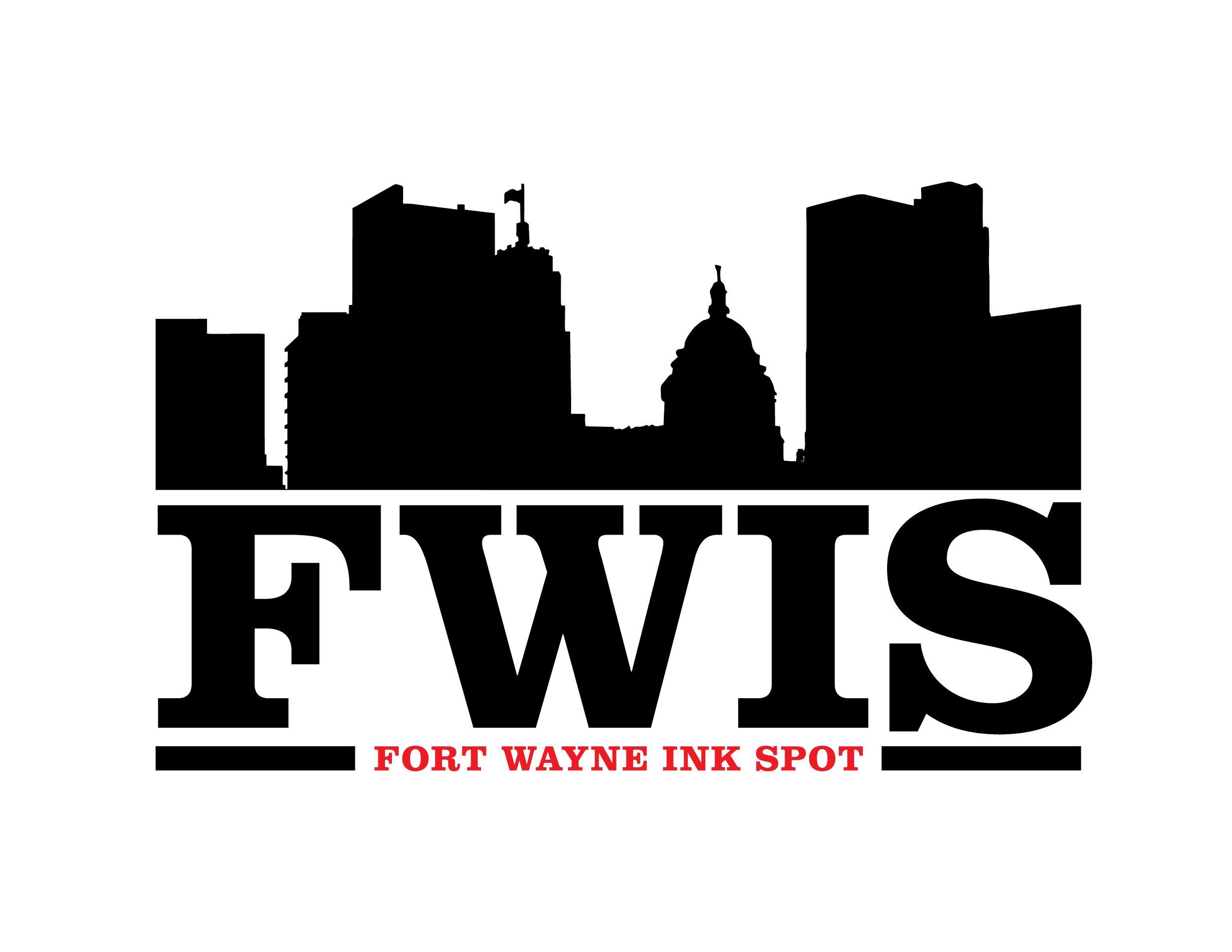In Touch With A Black Texas Cowboy

By Betty Miller Buttram
FWIS Contributing Writer
“The youth walk faster but the elders know the road.” Betty Jean Owens
The Juneteenth Celebration revealed another window or door that opened further into African American History. Recently, I came upon an article in a Texas newspaper about an ex-slave who was a cowboy who risked his life to save his family and neighbors. He became a legend for something that was remarkable enough to make him famous in the Texas Plains and the talk about him made his behavior bold and dramatic. His heroics inspired one of the best westerns made, “The Searchers,” in 1956, which starred John Wayne and was directed by John Ford.
Britt Johnson was born a slave in Tennessee in 1840 and moved to Texas in the late 1850’s with his owner Moses Johnson. After the elder Johnson’s death, his son Allan inherited Britt and the rest of his father’s slaves. Allan was not keen on the idea of possessing slaves as property and gave Britt all the freedom the law allowed in those days before the Civil War. Britt was a paid foreman on the Johnson’s ranch, allowed to raise his own horses, had his own herd of cattle, and he could go and come as he pleased. He knew how to read, write, and had basic math skills.
In the fall of 1864, Britt by this time had a wife named Mary, a son and two daughters. Britt often managed Allan’s livestock sales out of town and often accompanied him on buying trips. When Britt was away on this specific trip in October 1864, Mary and the children stayed with a friend, Elizabeth Fitzpatrick, on her farm. Elizabeth’s grown daughter, Milly and her three children also lived in the multi-family dwelling a short distance from Fort Belknap in Young County, Texas. The occupants of the dwelling felt themselves to be safe from the Indian attacks that were happening around that time in Northwest Texas. While Britt and Milly’s husband were away from home on October 13, 1864, buying supplies at a trading post, five hundred Comanches and Kiowas stormed out of their sanctuary in Indian Territory and swooped down on isolated settlers. The Fitzgerald’s farm came under attack.
When Britt Johnson returned, he discovered that eleven people had been killed and his son and Milly were included in that number and eleven houses had been burned in that isolated settlement. Seven women and children were taken as captives and that included his wife and two daughters and Elizabeth Fitzpatrick and her three grandchildren. He helped buried the dead while making plans for a search for his family. Friends and neighbors donated what they could to help him, and the legend goes on to say that his former owner gave him half of his gold to help fund the search. However, no one volunteered to go into the Comanche territory with him except for one man named White. White suggested that they join forces for he had been hunting for his son taken in an Indian raid in the summer of 1864.
So off went Britt Johnson and the man named White searching for their family members. In the spring of 1865, they were informed by a helpful Comanche about a council of Plains tribes holding captives to be sold. It was there that White spotted his son and ransomed his freedom with several horses. Now, Britt was alone but undaunted as he traveled throughout Texas and Oklahoma continuing looking for his family. He travelled into dangerous territory usually by himself. He met many Indians along the way, spoke enough Comanche to make himself understood and worked to maintain a friendly attitude so he could obtain information.
In the summer of 1865, Britt found his family with the help of a cooperative chief who wanted to improve relations with the settlers. The chief helped Britt purchase safe passage for his wife and his two daughters. Mary had given birth to a child during her captivity and no provisions were made for the baby in the negotiations. The child remained with the Comanches until further talks and the baby was released to Britt and his family. However, some of the Comanches and Kiowas thought that Johnson had dealt with them in an unfair way and vowed that they would find him alone and kill him. Elizabeth Fitzpatrick and a surviving grandchild were released a few months later. Britt Johnson returned several more times to locate and rescue others held hostages and disregarding his own safety and risking his life to save others.
Britt Johnson resettled his family in Parker County, Texas just west of Fort Worth. He farmed and started a freight business. He was treated with dignity due to his rescue of the white hostages. He hired two recently freed slaves to help him haul his goods. On a winter day in 1871, Britt and his employees were caught out in the open by a band of Kiowas who quickly killed the employees, but Johnson held them off for as long as possible using his dead horse for cover. In the end, Britt Johnson was shot and died surrounded by dozens of spent shells that he had fired in his attempt to stay alive. A group of nearby teamsters from a larger train of wagons reported that Johnson and his men had died. They were interred in a common grave. A marker was placed on the site of the attack.
In the Texas Ranger Hall of Fame & Museum, a painting of Britt Johnson is displayed called “Britt Johnson’s Last Stand” depicts how Johnson battled for his life. He shot his horse, which he then used as cover. The painting is by Fort Worth artist Lee Herring.
